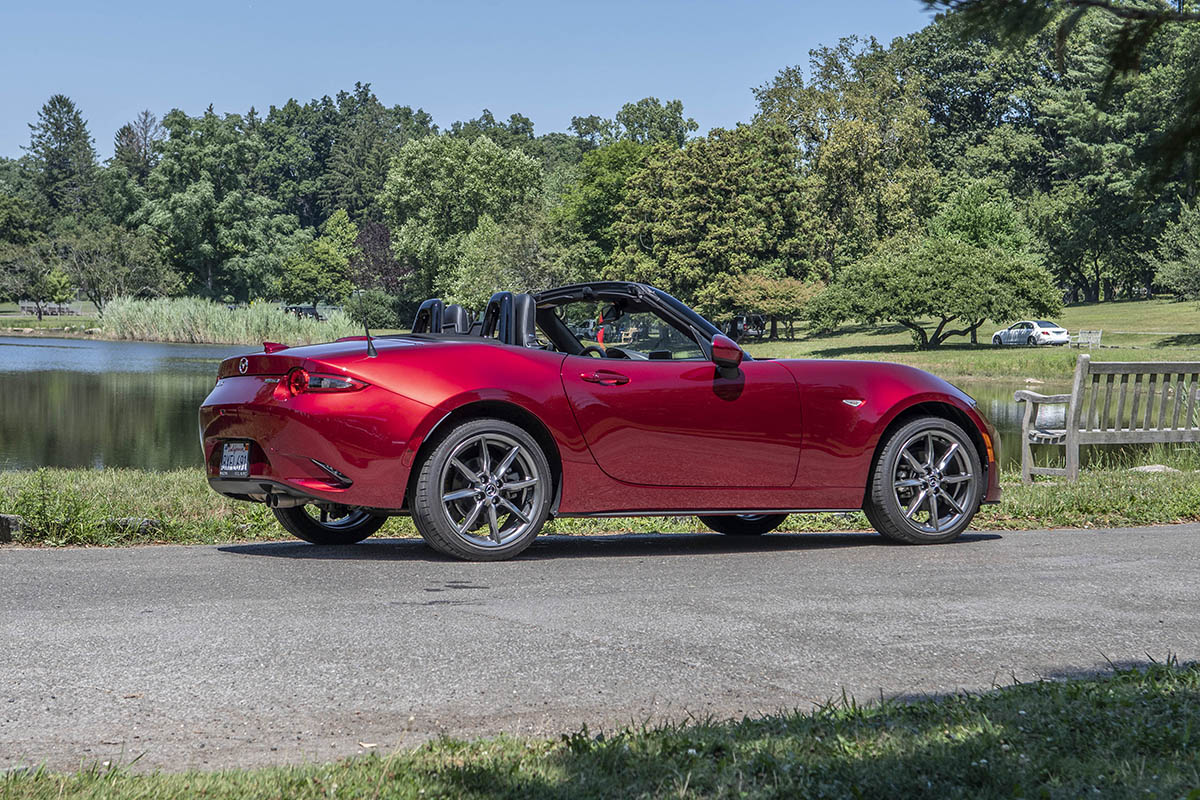by Roger Garbow
In the spirit of Ford‘s Model T and Volkswagen’s Beetle, it’s time for a new car for the masses. But unlike those utilitarian vehicles that put affordability and reliability above all else, the new people’s car is about driving.
If you’ve had a driver’s license for a while and have spent any time on the roads of America— specifically the roads of the northeast—you’ve experienced the massive decline in driver skill and courtesy on the roads. Inadequate training and lack of awareness have made our roads a veritable shit show for those of us who take driving seriously.
While the lowering in basic standards for driver training is a huge component—my niece in MD recently passed the “road portion” of her driver’s test without leaving the DMV parking lot—I also think our vehicles are contributing to the mess on our roads. Consider the typical SUV, crossover or pickup truck. In 2020 the EPA released a report listing the average vehicle weight in the US at 4,156 pounds. Safety equipment and sound deadening and comfort convenience features have isolated the driver from the road more than ever. Higher beltlines and higher hoods have diminished sightlines and visibility to the point that drivers are relying on emergency braking, lane departure and backup cameras to safely navigate our roadways. All of the “safety tech” is increasing complacency and removing drivers even further from the actual tasks of driving.
For those of us who grew up driving small, crappy cars—and or motorcycles—we developed a heightened awareness of our surroundings. I believe that experience, combined with proper driver training, translates to better drivers. To that end, I suggest a new national driving standard. New drivers are required to learn to drive only on a manual transmission Miata. Any generation, whatever you can afford. And your driving test will require you to navigate an autocross course—both forward and backwards—within a set maximum time limit. The course will be lined with dogs, children and cyclists—all fake of course—and the drivers will have points deducted for hitting the simulated mammals.
The idea here is to not only give new drivers a better appreciation for car control and improved situational awareness, but to hopefully impart a love for the driving process. And by piloting a small car in a world of humungous vehicles, hopefully they’ll develop a better respect for the responsibility of each driver in the chain of our daily automotive interactions.

